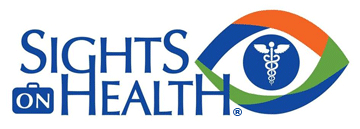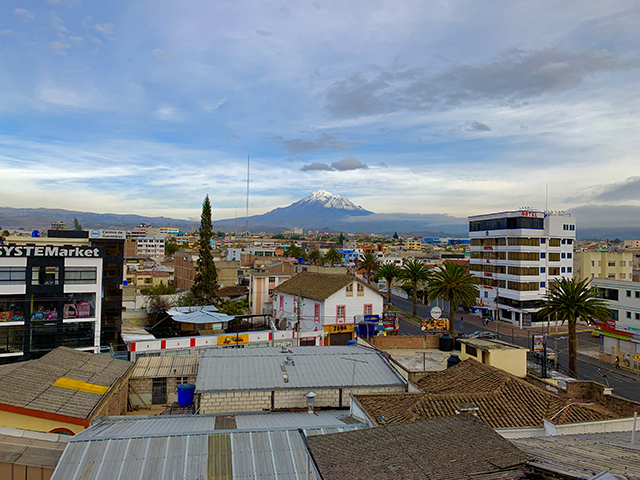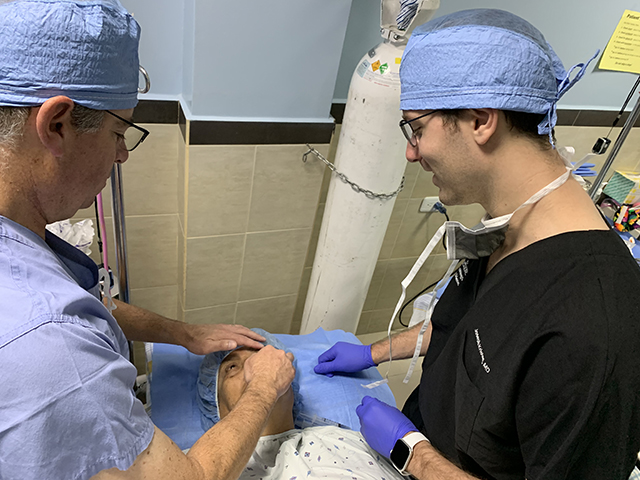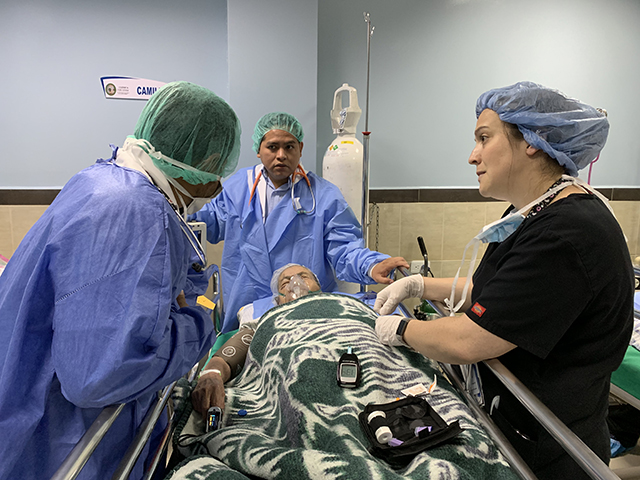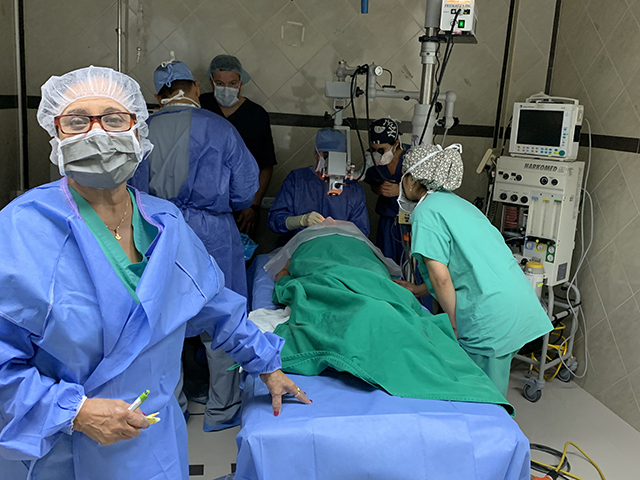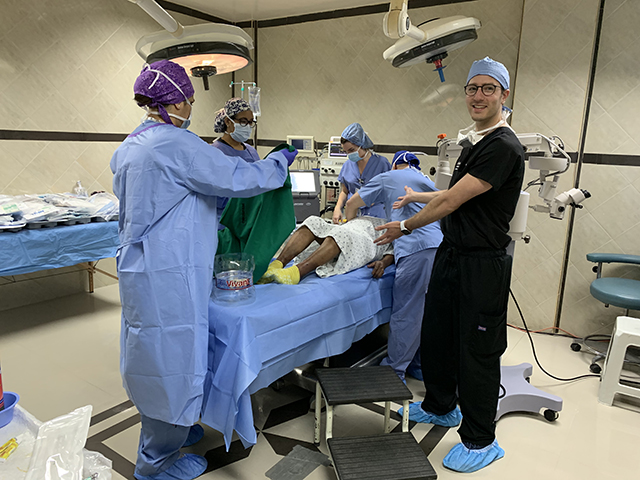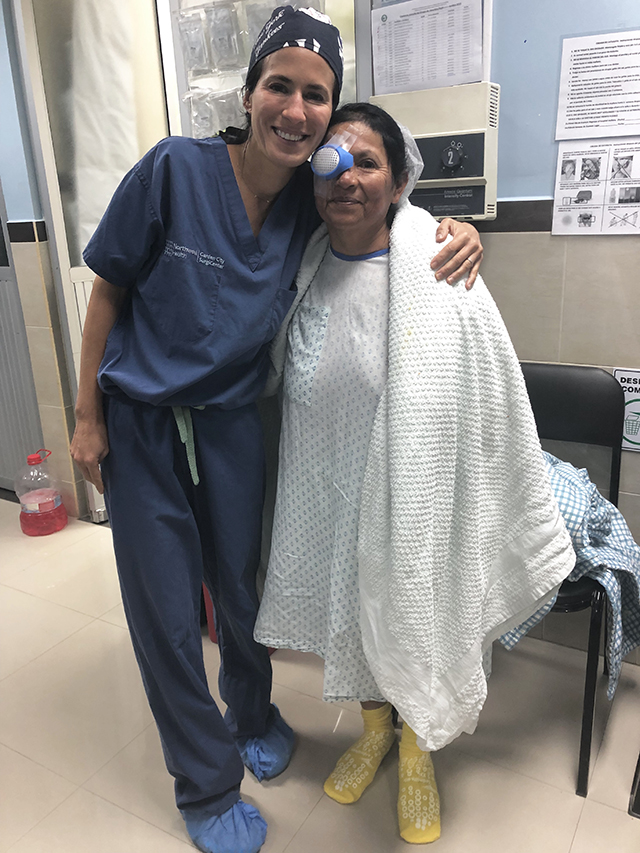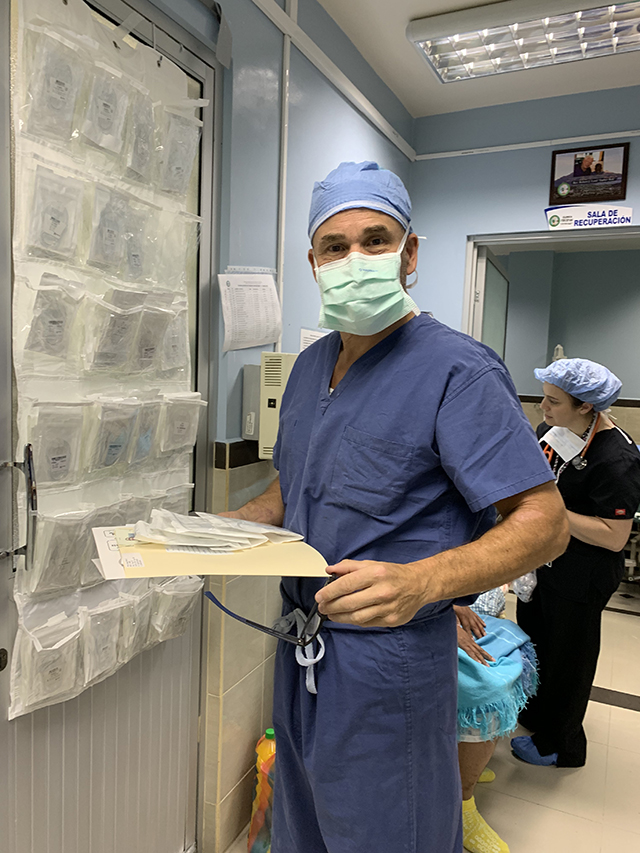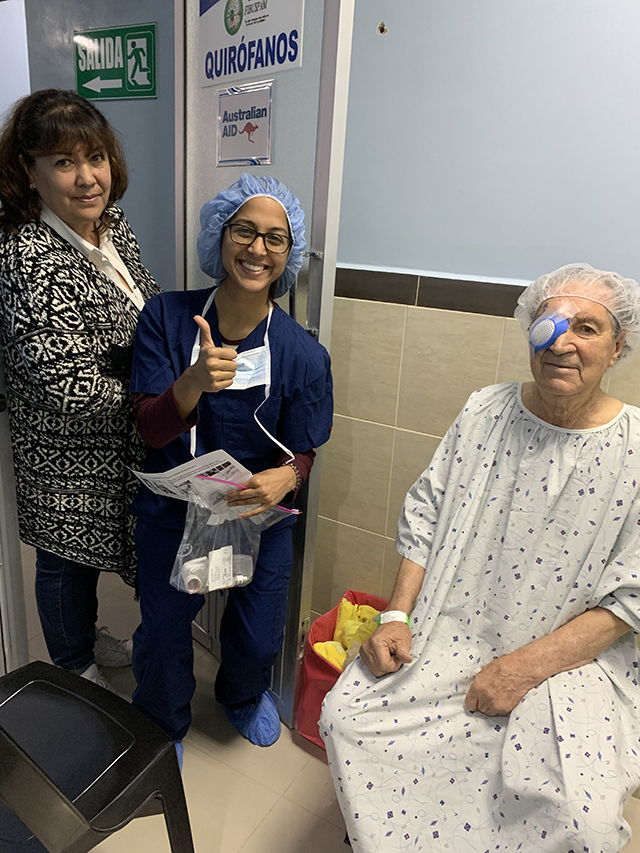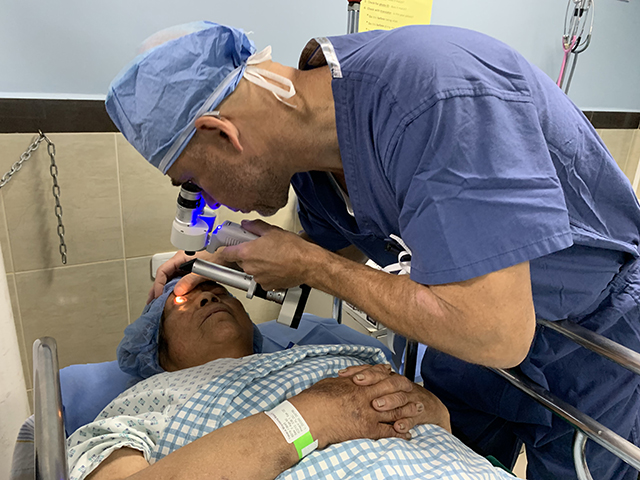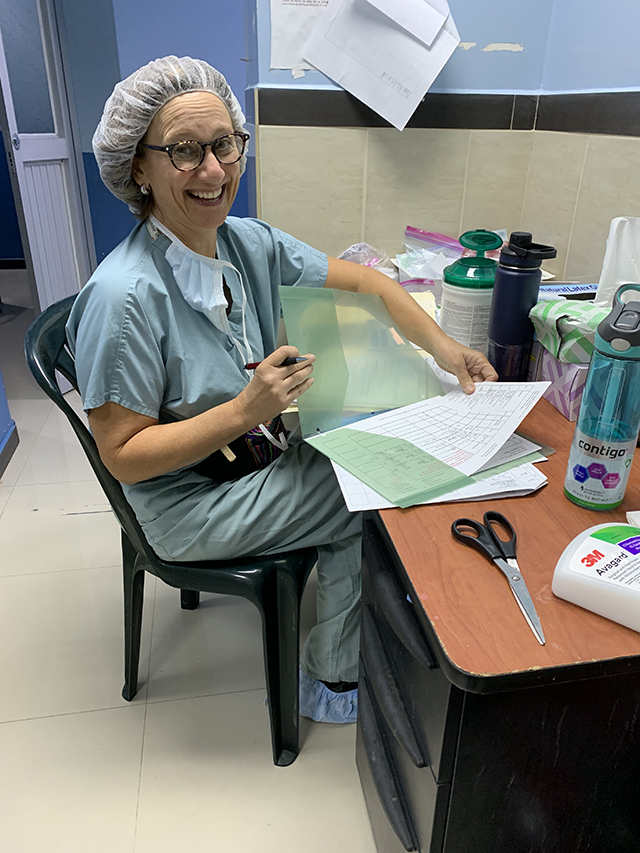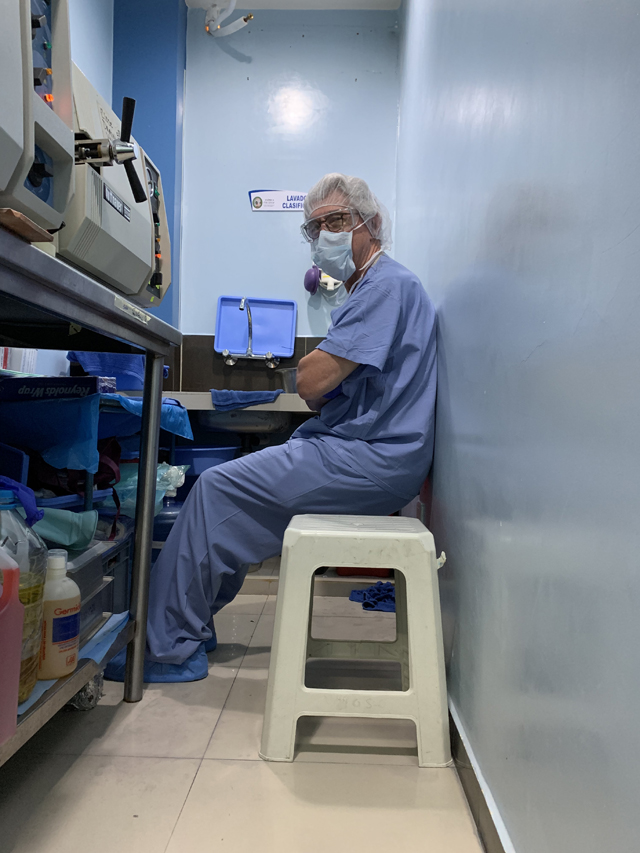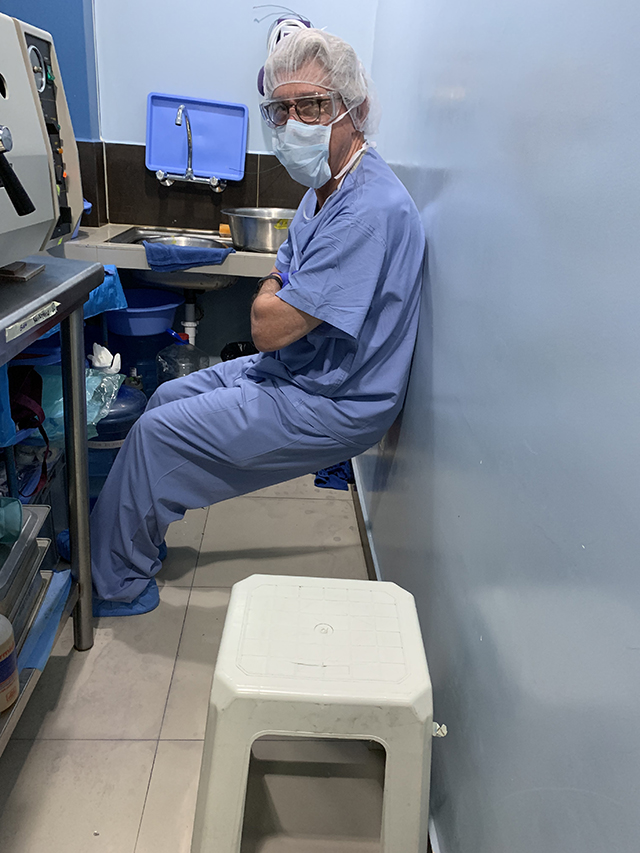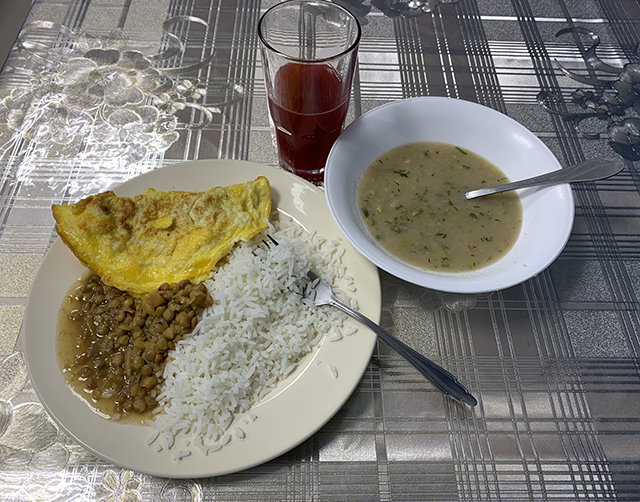This blog post is written by Pallavi Tatapudy, MS4 at Renaissance School of Medicine at Stony Brook University who served as co-leader of the 2017 medical and surgical mission to Sacred Valley, Perú organized by A Promise to Peru.
“Life’s most persistent and urgent question is, ‘What are you doing for others?’” -Martin Luther King Jr.
I woke up today in Ecuador rested and refreshed to a view that filled me with awe. The volcano in the distance stood tall and proud, reminding me of the information Wilson shared with us yesterday about Ecuador’s unique geography. I kept this view in mind as I enjoyed a hearty breakfast at Hotel Zeus.
After boarding the bus by 7:15 am, our team was in for a treat once again when we had the opportunity to learn from Wilson. He explained the history of the Incas in Ecuador and the differences in languages across the country. We learned that there are 14 indigenous nationalities in Ecuador. Living in the Andean highlands, the indigenous communities have adapted to the high altitude, tending to be shorter in stature and to have increased lung capacities. We were all engrossed in this information and before we knew it, we had reached the clinic.
Using the insights from yesterday, we began the day’s work in a more coordinated, efficient manner. The ten patients from yesterday were seen from 7:45 am onwards for post-operative follow-up and eye exams.
One such patient was Franklin, a 54-year-old male farmer who experienced a severe trauma to his left eye from a metal wire while working in the fields. The corneal laceration that resulted was operated on in July of this year. The patient came to the clinic yesterday for cataract surgery on the same eye that occurred after the trauma. The patient was in good spirits and was accompanied by his family. During the follow-up visit, he took the tape and bandage off his left eye. The room then erupted with laughter. Tears of happiness streamed down the cheeks of the patient and his family who were overwhelmed with gratitude for the miracle of vision restoration. Hugs were exchanged and a wave of optimism spread throughout the clinic. It was truly a “sight to see!” During this encounter, our ophthalmologists, surgery technicians, nurses, and volunteers continued to work cooperatively to complete new cases and multiply this joy.
Meanwhile, the dynamic duo of Ken Roberts and Ana Lucia Lema Curichumbi was busy in the sterilization room. The sterilization team serves as the backbone of the mission because the surgeries are not possible without sterile instrumentation.
A while later, I noticed Ken sitting down on a stool… or so it seemed. For our collective enjoyment through this blog, I captured my confusion and eventual realization that Ken was actually doing wall-sits for a while to strengthen his legs and core. Are there any soccer teams in Ecuador that could use an extra player?
Our team ate lunch in shifts between 12:15 pm and 2:30 pm to maintain the flow of the clinic. We enjoyed barley soup, rice, lentils, omelets, chicken, and blackberry juice. After lunch, I walked up to the roof of the clinic for some fresh air and was stunned once again by the gorgeous views. It was a cloudy day so the volcano I had seen in the morning at the hotel was playing hide-and-seek, but I was able to appreciate striking mountains that lie adjacent to the volcano.
By 7:10 pm, we had completed twenty surgeries – double that of yesterday! We prepared for the next day, boarded the bus, and returned to the hotel. Some of us ate a wonderful dinner of pasta, fries, garlic bread, fruit, and ice cream at Hotel Zeus, while others enjoyed lobster and steak at a nearby restaurant. We all used the time to decompress, bond, and relax together before the start of another fulfilling day tomorrow. ¡Hasta mañana, familia!
